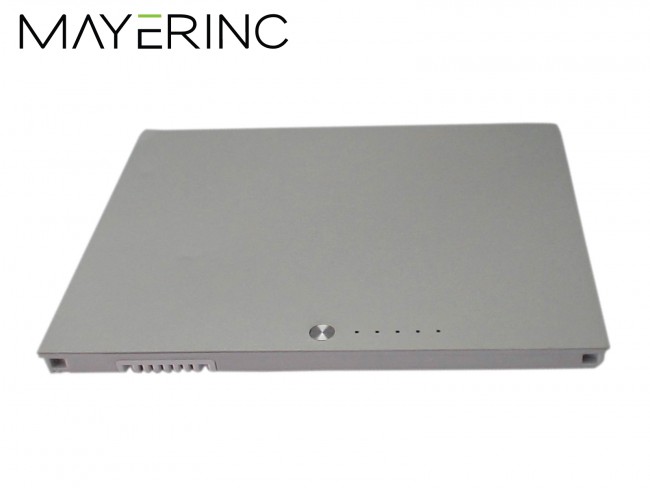

#2007 apple macbook pro pro
The current generation 13-inch MacBook Pro was introduced in October 2018. The MacBook Pro is Apple's higher-end notebook available in both 13-inch and 16-inch configurations. Performance was claimed to be higher than most current Intel laptops. The new Air does not have a fan, ensuring silent operation, but limiting the M1 chip speed in sustained operations. On November 10, 2020, Apple announced that the MacBook Air would use the new Apple M1 system on a chip. The base price of this model was also dropped to $1099 ($999 for students) on the same day. The base price was also raised, although the base configuration of the 2017 model was retained until July 9, 2019, when it was discontinued along with the Retina MacBook. It was updated with a Retina display and Intel Y-series Amber Lake i5 CPUs, as well as a Force Touch trackpad, a third-generation butterfly mechanism keyboard, and the Touch ID sensor found in the fourth-generation MacBook Pro, but without the Touch Bar. On October 30, 2018, the MacBook Air underwent a major design change, dropping the USB Type-A ports, MagSafe, and the SD card slot in favor of two USB-C/Thunderbolt 3 ports and a headphone jack. In 2017, the MacBook Air received a small refresh, with the processor speed increased to 1.8 GHz. A MacBook Air model with an 11-inch screen was available from October 2010 to October 2016. This model of MacBook Air did not have a Retina Display. This MacBook Air model features two USB Type-A 3.0 ports and a Thunderbolt 2 port, as well as an SDXC card slot (only on the 13inch model). The 2010 to 2017 base model came with a 13-inch screen and was Apple's thinnest notebook computer until the introduction of the MacBook in March 2015. While the 1st generation was released as a premium ultraportable positioned above the 2006 - 2012 MacBook, lowered prices on subsequent iterations and the discontinuation of that MacBook has made it serve as the entry-level Macintosh portable.

The MacBook Air is Apple's least expensive notebook computer.


It was again discontinued in July of 2019 following a price reduction of the 3rd generation MacBook Air and discontinuation of the 2nd generation model.įurther information: Comparison of current Macintosh models Current MacBook Air The MacBook was discontinued from February 2012 until March 2015, when a new model featuring an ultraportable design and an all-metal enclosure was introduced. All of the current MacBooks feature backlit keyboards. The Memory, drives, and batteries were accessible in the old MacBook lineup, though the newest compact lineup solders or glues all such components in place. The lids of the MacBook family are held closed by a magnet with no mechanical latch, a design element first introduced with the polycarbonate MacBook. The now standardized keyboard brings congruity to the MacBook line, with black keys on a metallic aluminum body. This new construction also has a black plastic keyboard that was first used on the MacBook Air, which itself was inspired by the sunken keyboard of the original polycarbonate MacBooks. We've spent an extended amount of time with the older 2.0GHz MacBook and never found it wanting for speed or processing power.The MacBook family was initially housed in designs similar to the iBook and PowerBook lines which preceded them, now making use of a unibody aluminum construction first introduced with the MacBook Air. In real-world terms, you're more likely to see a difference in performance by doubling the RAM than you would by simply dialing up the clock speed a couple ticks. It should be noted that our review unit of the new 2.16GHz MacBook had 2GB of RAM, double the amount in the 2.0GHz MacBook we tested last fall. Nevertheless, the new CPUs offered a not-unexpected boost in performance, improving the system's scores on CNET Labs' Photoshop CS2 and iTunes encoding tests over the older model. You'll find some of those newer CPUs in the latest 15- and 17-inch MacBook Pros. Modem, Ethernet, 802.11 a/b/g Wi-Fi, optional Bluetooth, optional WWANīumping the CPU in our MacBook from 2.0GHz to 2.16GHz seems to be a fairly minor improvement, especially in light of the faster T7000-series laptop processors Intel recently released for its upgraded Centrino Duo platform. Stereo speakers, headphone/microphone jacksģ USB 2.0, mini-FireWire, multiformat memory card reader Stereo speakers, line-in/line-out jacks, built-in mic


 0 kommentar(er)
0 kommentar(er)
